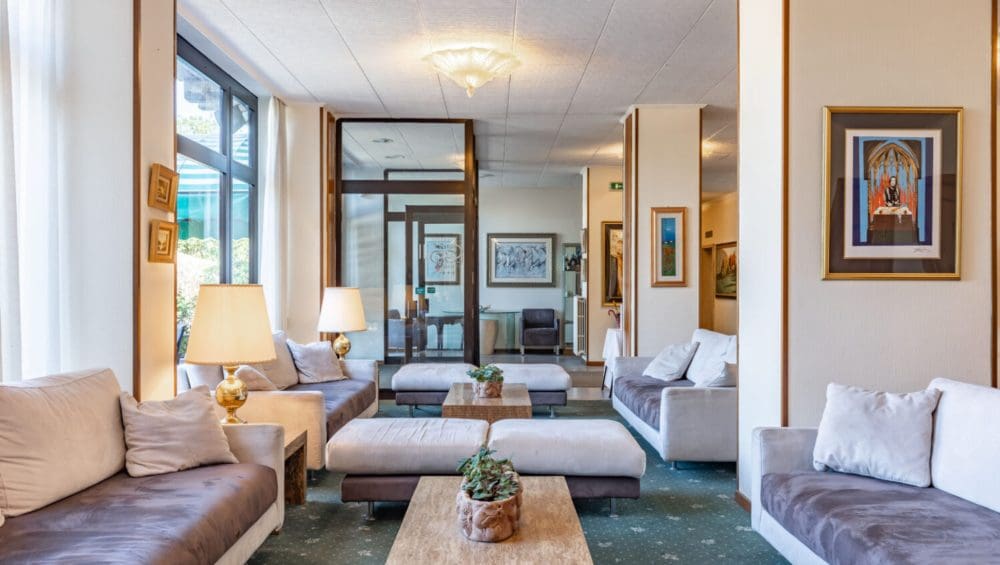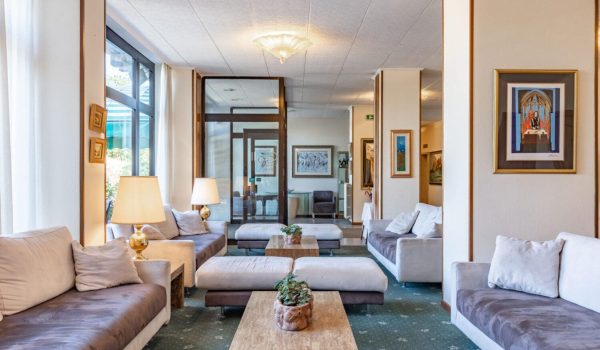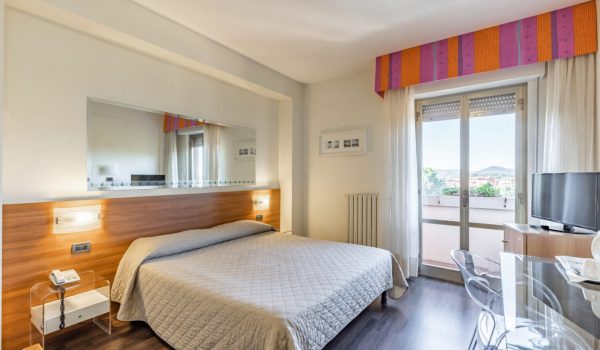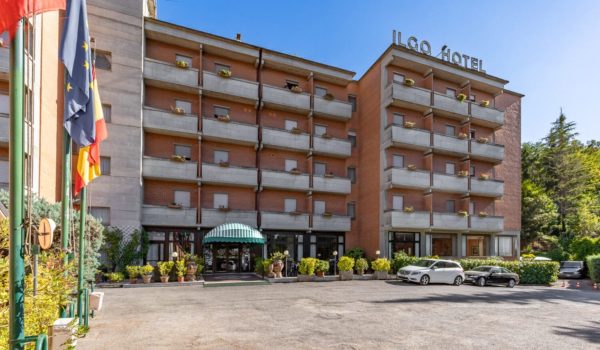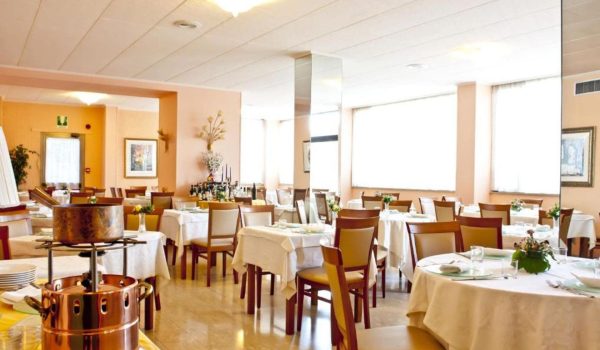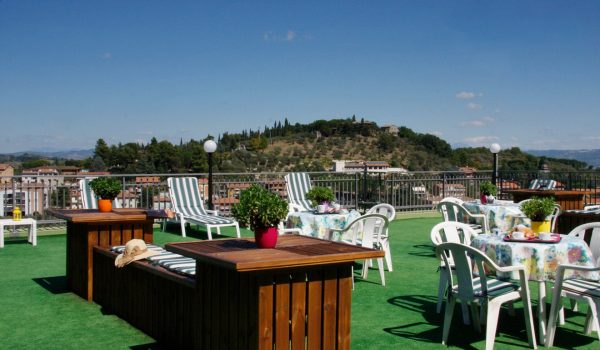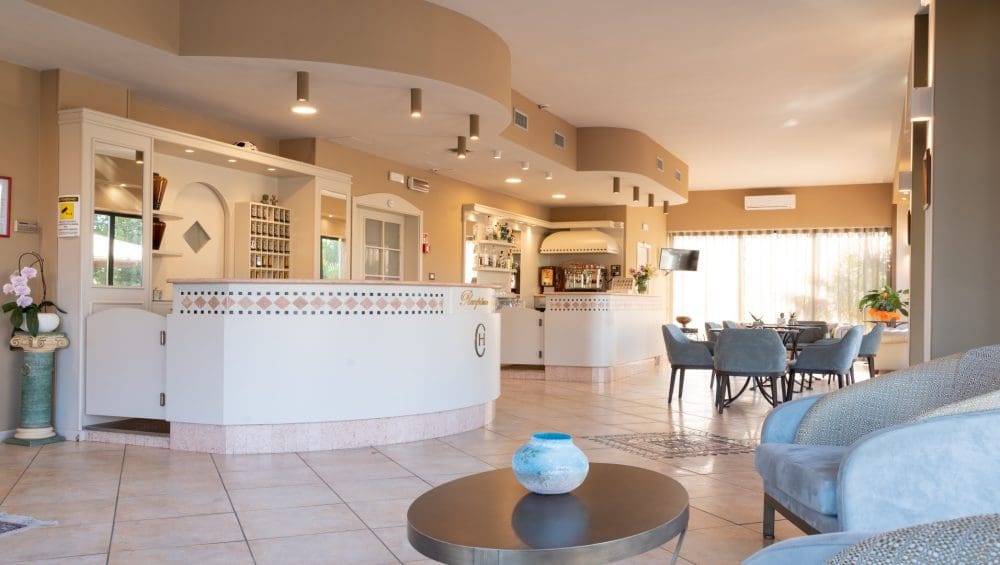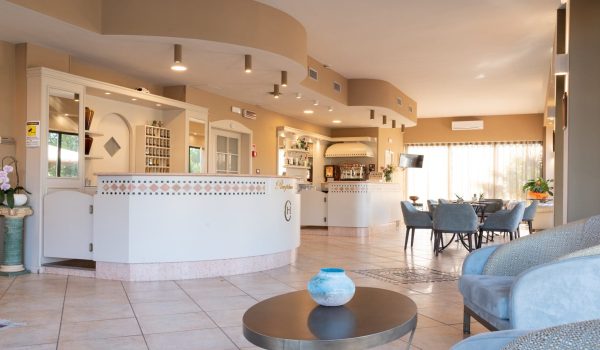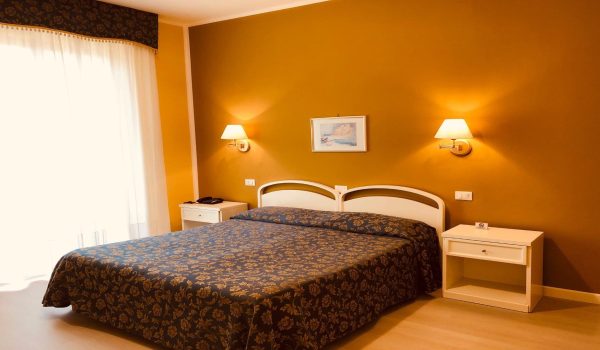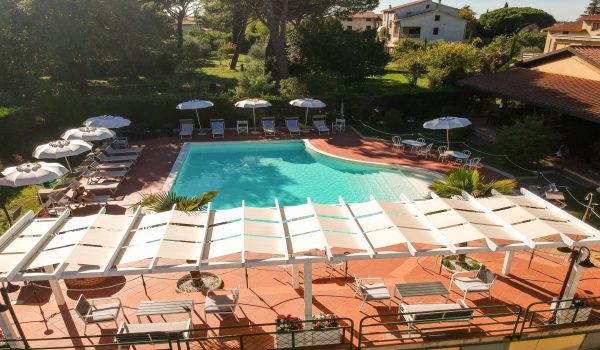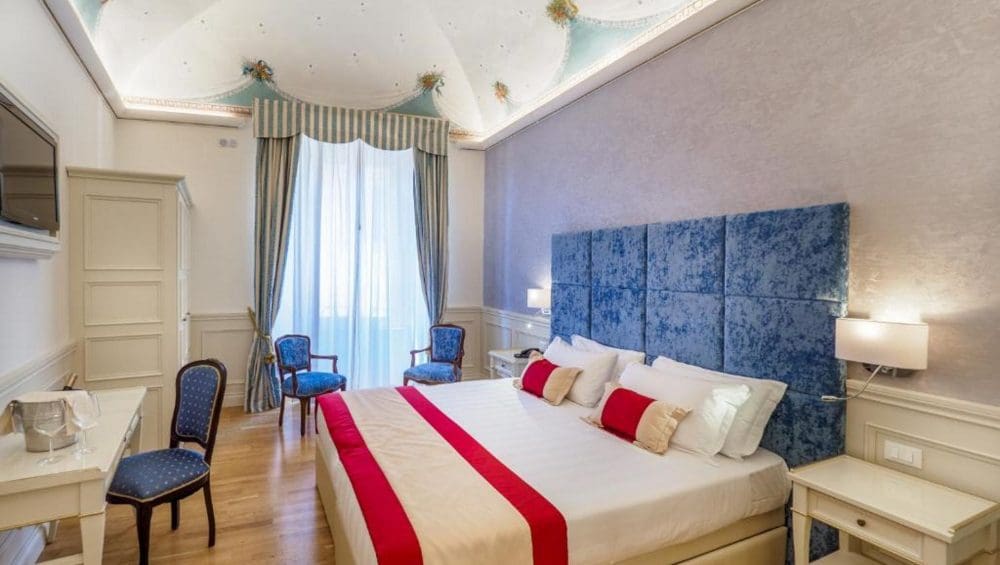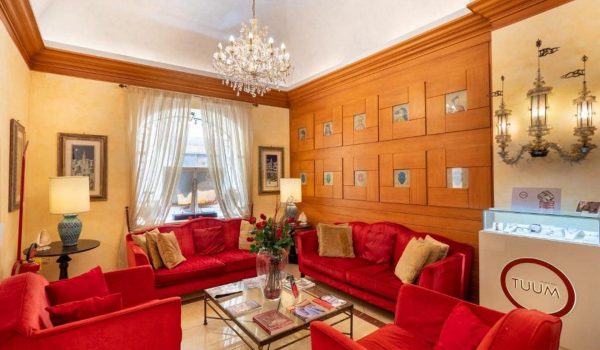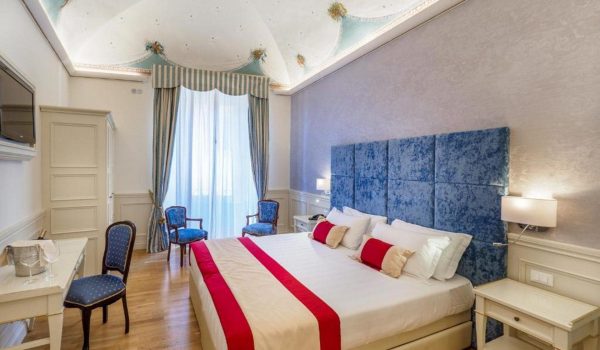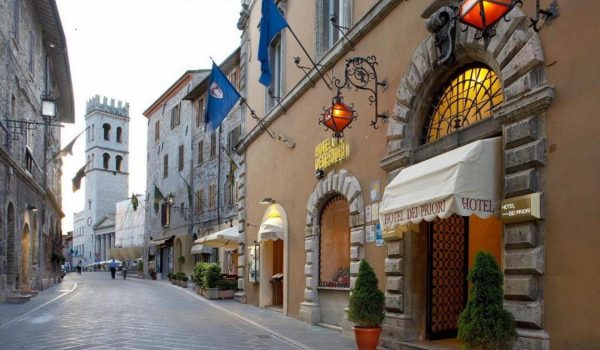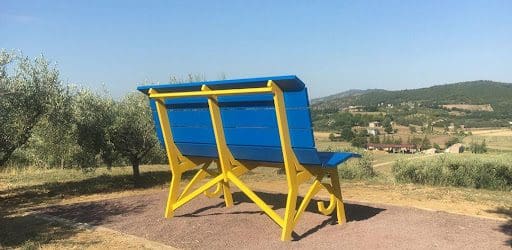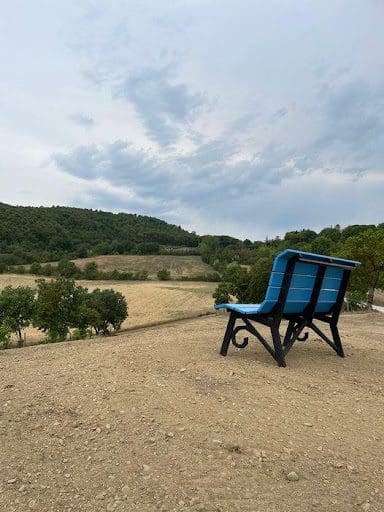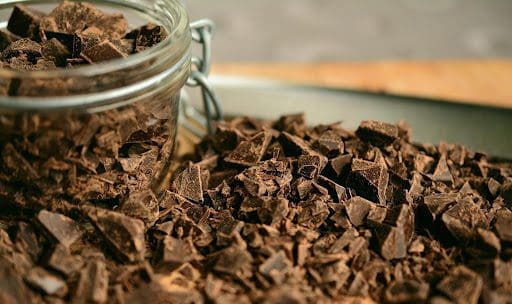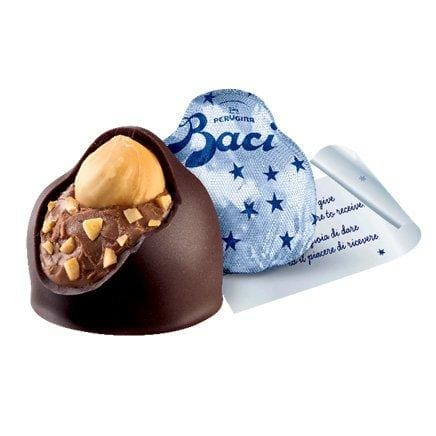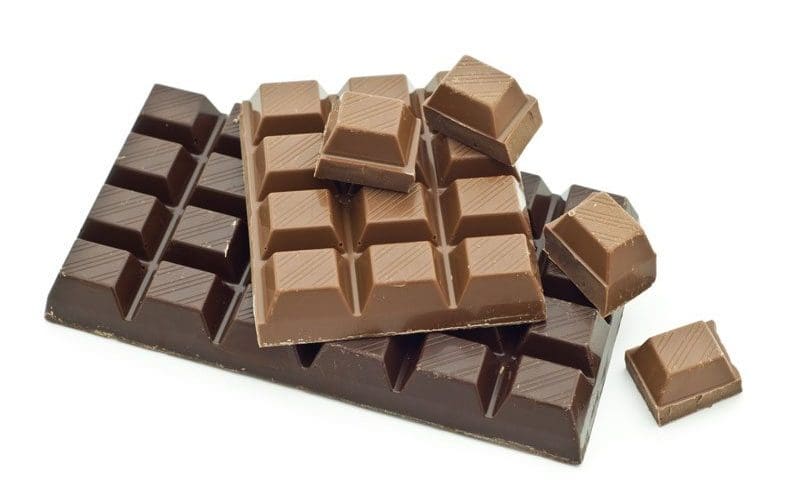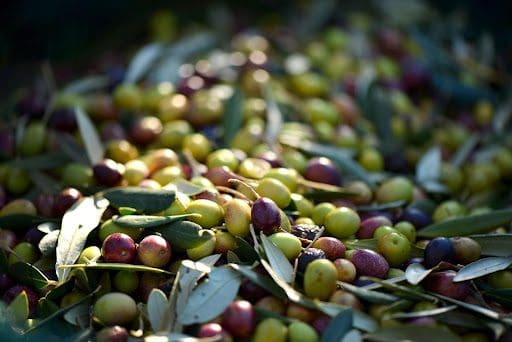What exactly are Big Benches?
The Big Benches are installations, works of art that meet man, conceived and designed by the American architect Chris Bangle and his wife Catherine.
Giant benches on which it is possible to climb while admiring the panorama from another perspective, feeling like a child in front of the immensity of the beauty that life offers every day and that perhaps, caught up in the rhythms of everyday life, we forget. The Big Benches, a bit like the Little Prince, remind us that perhaps everything we need seems far away, big, difficult, if only we remember to look with our hearts.
Let’s see specifically how they are born
They were born in 2010 when the aforementioned architect and designer Chris Bangle, who moved to the Langhe, in Piedmont, decided to create the first oversized bench in Clavesana.
From the enthusiasm of many, a project ensued that was born as a non-profit and without public funding, aimed not only at bringing together art, nature and man, but also a concept of eco-sustainable tourism, installing the Big Benches in small or little-known villages, encouraging a flow of curiosity and tourism, supporting excellent craftsmanship and local communities.
Currently the benches built are 273 and 66 under construction, and the Big Bench Community Project has become a non-profit and non-profit foundation with the will, not only to expand the idea of the Big Bench as a project linked to tourism, the territory and to nature, even to donate the proceeds deriving from marketing and promotional actions to the
municipalities in which the Big Benches are located, with particular attention to schools or cultural institutions. The places of preference for these works of modern art accessible to all and shareable by all to arise are panoramic points, completely immersed in greenery, among lavender fields, vineyards and olive groves.
Who can build them?
Naturally the Big Benches are covered by copyright but Designer Chris provides the project and installation methods for free after making a request, presenting the place where the Big Bench is thought to be born, built without public funds but with voluntary donations , provided that nature, local communities are respected and above all they are a source of sustainability and cultural and relational exchange. Even the color is designed according to the place, in order to have an installation that is all one with nature, in complete harmony.
Passport of the bench tourist
The Big Benches are a constantly expanding phenomenon, from Piedmont they have arrived in almost all of Italy and with some installations also abroad. This explains the collective sentiment that has been released in search of the Benches and above all the breathtaking landscapes: hence the need to create a “Passport” which is stamped every time the “Panchinista” tourist discovers, lives and shares the experience of Big Bench.
All the benches are naturally indicated on the official website or via a special free App.
The Big Benches in Umbria
A moment for yourself, but also to share, to admire the landscape, listen to nature, live an experience sitting on a Giant Bench.
The two Big Benches installed in Umbria, among the countryside and centuries-old olive groves, represent, together with all the others installed around Italy, a real quality tourist engine and a symbol of landscape, craftsmanship, food and wine and cultural excellence.


